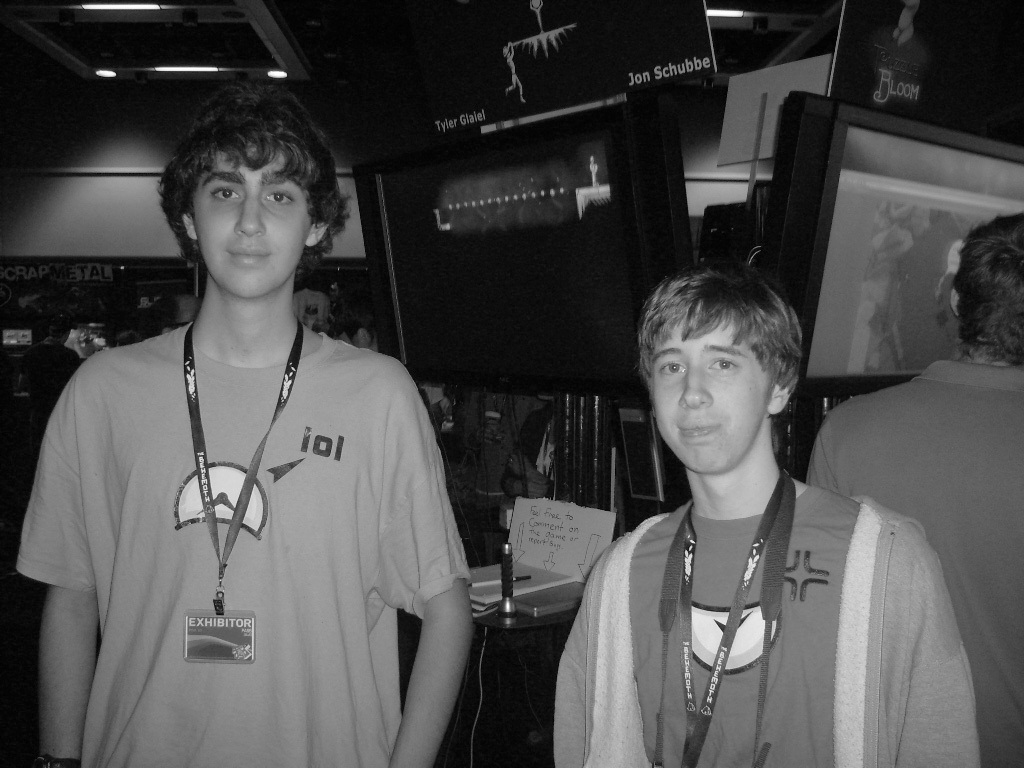Taking a look at the computer release of ‘Closure’
By Angela Espinoza, Arts Editor
4/5
Back in 2009, Tyler Glaiel and Jon Schubbe uploaded a game to Newgrounds. This game was an early version of Closure, which they released in full to the PlayStation Network earlier this year in March. To release the full game in the form we see it today, Glaiel and Schubbe formed an independent company known as Eyebrow Interactive. As of Friday, September 7, the team released the game onto two additional platforms: PC and Mac—this is a review of the Mac version.
In 2012’s Closure, our shaky little man in the demo has since been upgraded into a clean, cute little demon spider. Controlling this spider with the arrow keys, the player is thrown into complete darkness, literally pitch black. Save for your starting point and the occasional key area, one can only produce light in two ways: adjusting floating lamp heads, or more commonly, carrying around tiny glowing balls of light. As the levels go on, you will find yourself needing to jump in order to reach additional areas, as well as adjust the positions of glowing crates and tires.
The game opens with a brilliant tutorial that simultaneously works as the credit sequence, something extended from the original demo; be sure to remember the experience, because you won’t be repeating this. From there you are provided three doors, each containing 24 stages, and a piece of headgear that transforms your spider into either a man with a miner’s hat, a young lady with a ponytail, or a little girl with pigtails. Each of the following batches of levels understandably become somewhat more difficult, but the game is carefully designed so these changes do not come off as a brain-melting spike. Technically speaking, the entire game has already reached that spike in merely existing; once you’ve got the grasp of what you’re playing, the game’s impossible to become, well, impossible.
Closure is experienced largely in black and white, with the characters and background art presented in white with touches of shading for detail. It’s a beautiful game to look at, having been hand-drawn by Glaiel himself. But while it’s hard to ignore minimal comparisons to 2010’s Limbo, I’m happy to stress that despite the ‘colour pallet,’ and puzzle solving, these two games have almost nothing in common.
If I have to be honest, I will say I prefer Limbo, simply because its become widely accepted as an ‘art game,’ whereas with Closure, I’m not exactly sure where the game sits. The closest I could get to a feel for the game was ironically by checking out the demo, in which the title card features a beating heart pumping blood—at least that image lets me know this is actually supposed to be a game dark in content and presentation. In the full version of Closure however, I’m not entirely sure what’s going on, or what connects the three additional ‘characters’ for that matter.
Nonetheless, Closure definitely ranks in my top 10 indie games of the year. While there isn’t much to offer story-wise, the puzzles are immensely fun to solve, and the soothing, if not haunting, award-winning soundtrack keeps even the most beastly of players calm as they attempt to solve the more problematic puzzles over and over again. Closure is a tad on the short side for a $10 price tag, but I guess it just depends on how fast the player is able to solve the game’s puzzles.
Closure is currently available on PC and Mac through Steam; while you’ll have to make the judgment call on whether to wait for a sale or not, this game is absolutely worth getting.


